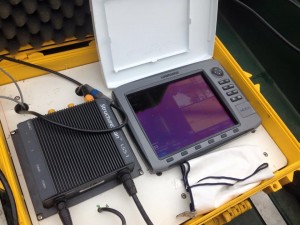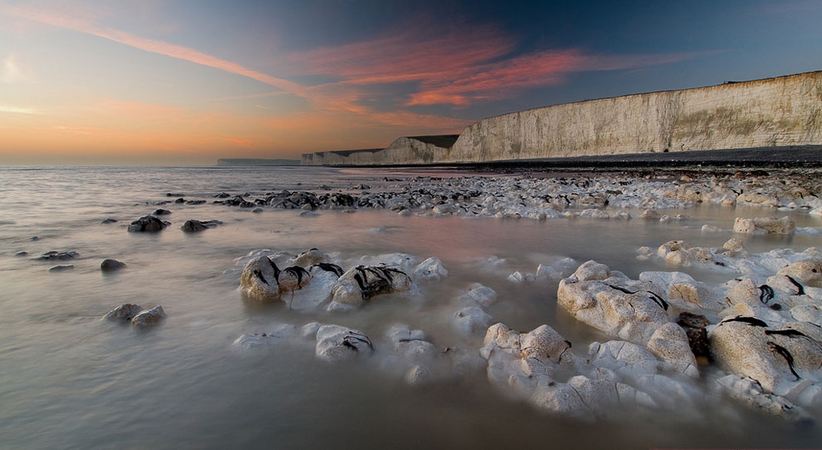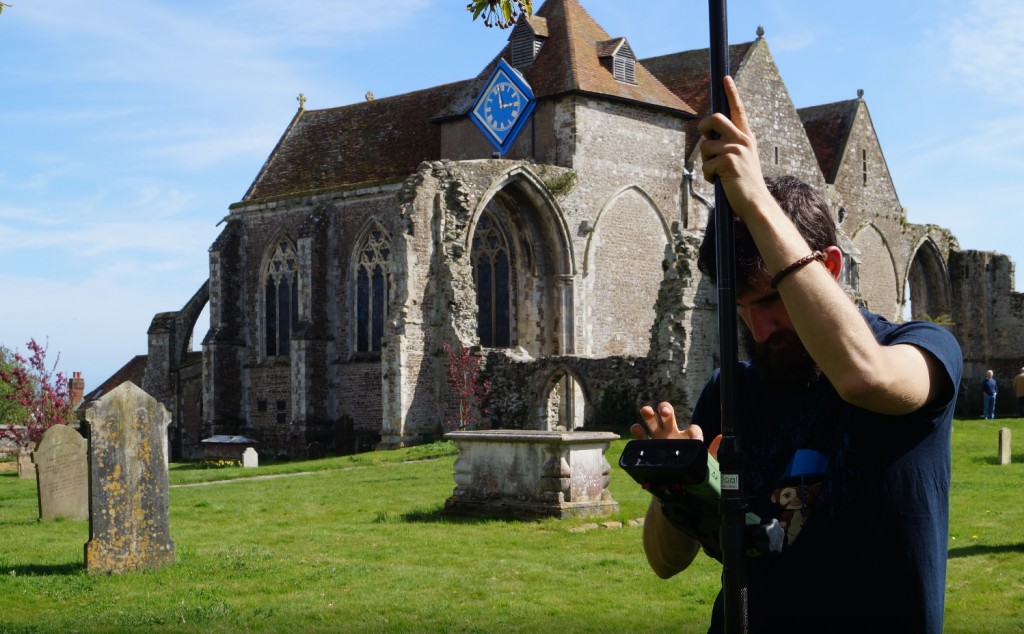
A day on water and a day in the lab
One of the downfalls of marine geophysical surveying is, to a degree, its cost. Although it is becoming much more affordable, sometimes given the lack of archaeological funding we are obliged to find alternative ways, but equally sufficient for our needs.
Continue reading →




